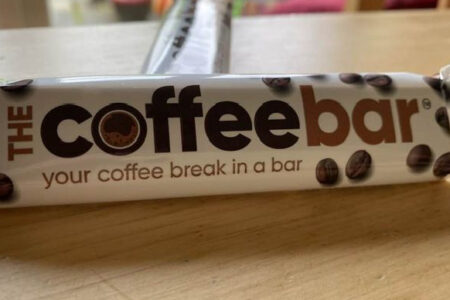Cargill’s cocoa
Yesterday I visited Cargill Cocoa & Chocolate in Mouscron, Belgium. Brigitte Bayart, marketing manager and Michel Goemaere, commercial director talked me through Cargill’s unique T model design (see below).
This means Cargill can bring together its chocolate knowledge with its expertise in other food sectors, eg sweeteners and oils & fats. This is beneficial to the customer as it means they only have one point of contact when formulating a new product, rather than having to speak to each ingredient supplier separately, they also have expertise in legislation, safety, traceability and labelling on hand at all times.
Furthermore, Cargill Cocoa & Chocolate has an application centre on site which is useful when formulating new products and seeing how chocolate reacts in different applications. For example, if a customer would like an ice cream coated in chocolate, the team can provide information regarding how the chocolate cracks, homogeneity of the coating and the weight of product pick up post coating. This is extremely beneficial for the customer, as if too much chocolate is applied they lose money, but if too little is used the quality is sacrificed.
Chocolate manufacturers need their chocolate to taste the same every time. This can be difficult for companies like Cargill because cocoa is a natural ingredient and hence is susceptible to weather conditions etc.
To ensure chocolate consistency, Cargill starts firstly with the raw ingredient. Cargill works very closely with cocoa farmers, providing them with training to ensure they pick the pod at the right time, ferment the bean for the same period and that they use a sustainable amount of pesticide. Before the beans are delivered, they are sampled, the moisture and free fatty acid content is checked and the beans undergo a cut test.
Secondly, Cargill achieves consistency, by standardising the processing. Each customer has an individual recipe, so Cargill knows exactly what quantity of ingredients to use and how long the ingredients stay at each processing step and what temperature they are processed. At all stages sample beans undergo microbiological tests. The final chocolate is tasted by an expert taste panel and compared to a reference sample.
For more information on Cargill, I will be reviewing my visit in the November issue.
I’d like to thank Cargill Cocoa & Chocolate for inviting me to visit their facilities and for all the yummy samples!!!!



